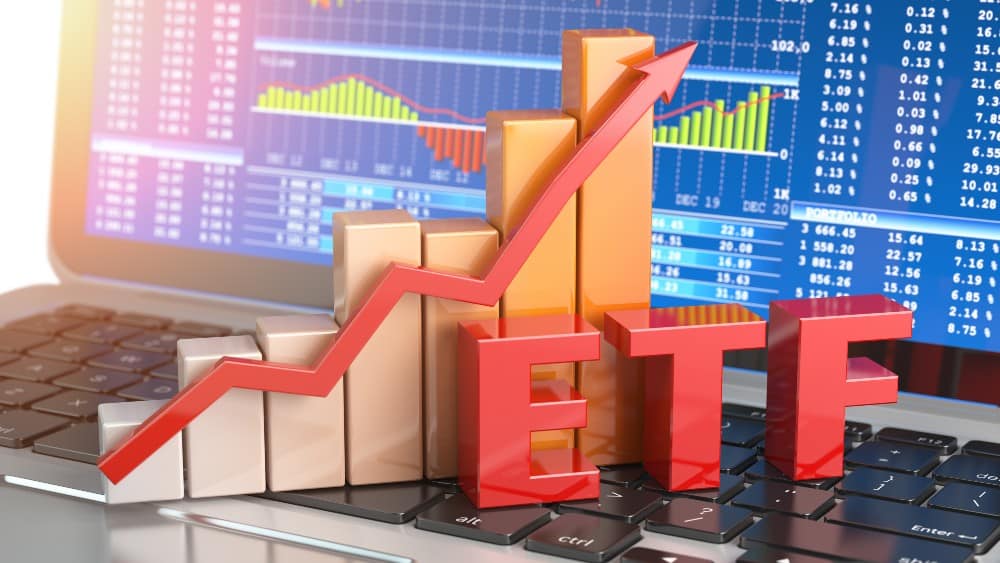Wealth building requires a few components — an adequate amount of capital, ample time, and the right assets to grow that capital. Active investors that keep a constant eye on the market and can capture strong upward trends with most of their investments may grow their wealth sooner. But it carries risks and requires more time and effort than most retail investors have to spare.
So, if you want to build wealth over time while taking an almost hands-off approach to invest, there are a few ETFs you can buy and hold for a long time.
A Canadian equity ETF
Horizons S&P/TSX 60 Index ETF (TSX:HXT), as is evident by the name, tracks the performance of the top 60 companies on the TSX. So, when you invest in this ETF, you get exposure to almost all the industry leaders in Canada, including all the Big Six banks, two railway giants, telecom leaders, and most of the largest energy companies.
However, since the weight of each security is proportional to its weight in the market, the value of the ETF is influenced more by the top 10 or 15 companies than the 60 collectively.
Still, the fund hasn’t disappointed its investors so far. In the last 10 years, it has exhibited an annualized growth of about 9.24%, which is remarkably close to the benchmark. And since it carries a management expense ratio (MER) of just 0.04%, the investment cost is minimal.
An S&P 500 ETF
S&P 500 is a classic index when it comes to ETFs and index funds. And iShares Core S&P 500 Index ETF (TSX:XUS) is just one of the many options Canadian investors have for gaining exposure to the 500 of the largest companies listed in the U.S., though the actual number of securities under this umbrella is 504. Over 16% of the fund is made up of three companies alone: Apple, Microsoft, and Amazon.
It’s another low-cost ETF with an MER of just 0.1%. And even though it’s higher than the TSX 60 ETF, so is the growth potential. Since its inception in 2013 (less than a decade ago), the fund has returned almost 270% to its investors. That’s an average growth of over 27% a year. And at this rate, the stocks vs. ETF debate might start leaning more heavily towards the ETF.
Another Canadian ETF
Another ETF that gives you exposure to a decently growing segment of the Canadian market is BMO Low Volatility Canadian Equity ETF (TSX:ZLB). Since it focuses on low-volatility stocks, the fund carries a safer, low to medium rating, as compared to the medium rating of the other two funds. A trade-off here is the higher MER of 0.39%.
But the higher fee is well-justified considering the past performance of the ETF. It’s not on par with the S&P 500 ETF and would be lower compared to the other U.S.-based ETFs (especially NASDAQ ETFs), but for the Canadian market, the 209% growth in the last 10 years is quite strong.
The ETF is currently made up of 47 Canadian companies, including some of the largest utility and consumer staple businesses that have the potential to stand the test of time.
Foolish takeaway
The current performance of the ETFs includes both the fall they experienced during the pandemic and the subsequent recovery (and corrections). And if the market remains bullish in the next decade or so, the chances of its future returns being potentially better than the last decade’s are relatively high.








